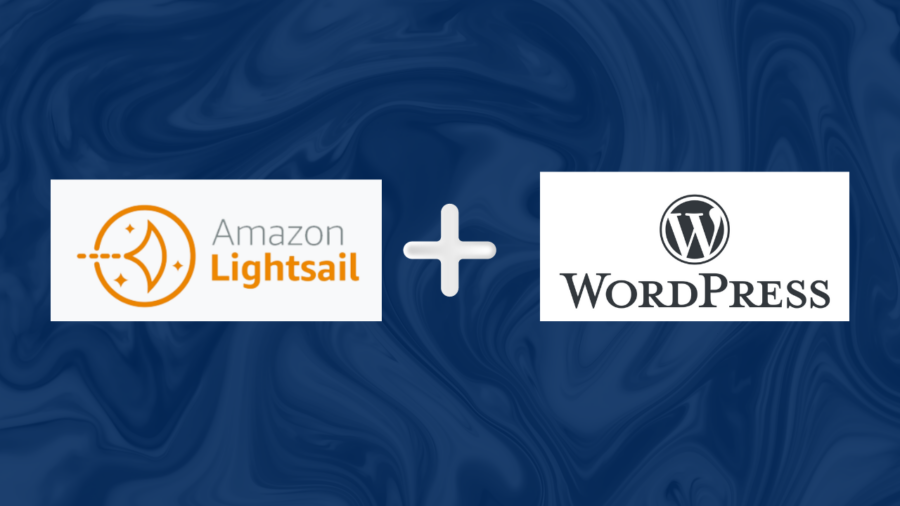I enjoy learning and I really enjoy problem solving.
When I decided it was time to start my online portfolio, I knew I wanted to set it up differently. I did not want to go the way of the regular web hosting service. This meant I needed to learn where and how to host my own website on a budget.
Time to consider my options, Azure, AWS, Google Cloud. Although Azure’s Windows integration and options were interesting, and Google’s Cloud platform seemed highly intuitive, I wanted to gain as much experience as I could during the process and decided to go with AWS. Having never worked with any of Amazon’s services in the past, I knew this would present the most significant challenge. I was wrong, the process was highly intuitive.
The condensed version of my setup involved deciding whether to build a web server on an EC2 instance or if there was another possible solution. After some quick searches, I found Amazon LightSail. Lightsail is a Virtual Private Server (VPS) that Amazon touts as being the easiest way to get started in either web hosting or web application development. And I agree with that statement.
After going through the initial steps of setting up the instance, LightSail presents a host of apps and OS such as WordPress, LAMP, Node.js, GitLab, and more, that can be immediately deployed on your instance to get you up and running quickly. I selected WordPress and moved on to domain registration. Note that you can purchase and register your domain with AWS’s Route 53, the pricing is reasonable and they allow you to protect your domain registration information.
Interestingly, LightSail can act as your DNS service or you can use AWS’ Route 53. I chose the Route 53 option as I also wanted to have an email service for my domain.
Setting up the email service was a bit tricky. It involved integrating Amazon SES (Simple Email Service) and Amazon WorkMail (more on that in a later article).
Everything was wrapped up when I was finished troubleshooting the DNS issues.
My main problem was that when you use LightSail, it wants to be your DNS service but if you want to integrate more services like email, you need to move the DNS Service to Route 53, Including the Name Servers. Having never migrated a domain from one Name Service to the other, this took me some time to figure out. However, as you can see, I got everything working the way it should, and I’m happy with the overall result.
I will be publishing a more detailed walkthrough of the process at a later date.
What did I learn?
- Domain Name Server migration
- Integration of Amazon LightSail, Amazon SES, and Amazon WorkMail
- Where to find AWS documentation to assist in troubleshooting website availability issues
- Making sure all DNS records are in place and correctly configured for MX, CNAME, DKIM, DMARC, AAAA, and TXT


